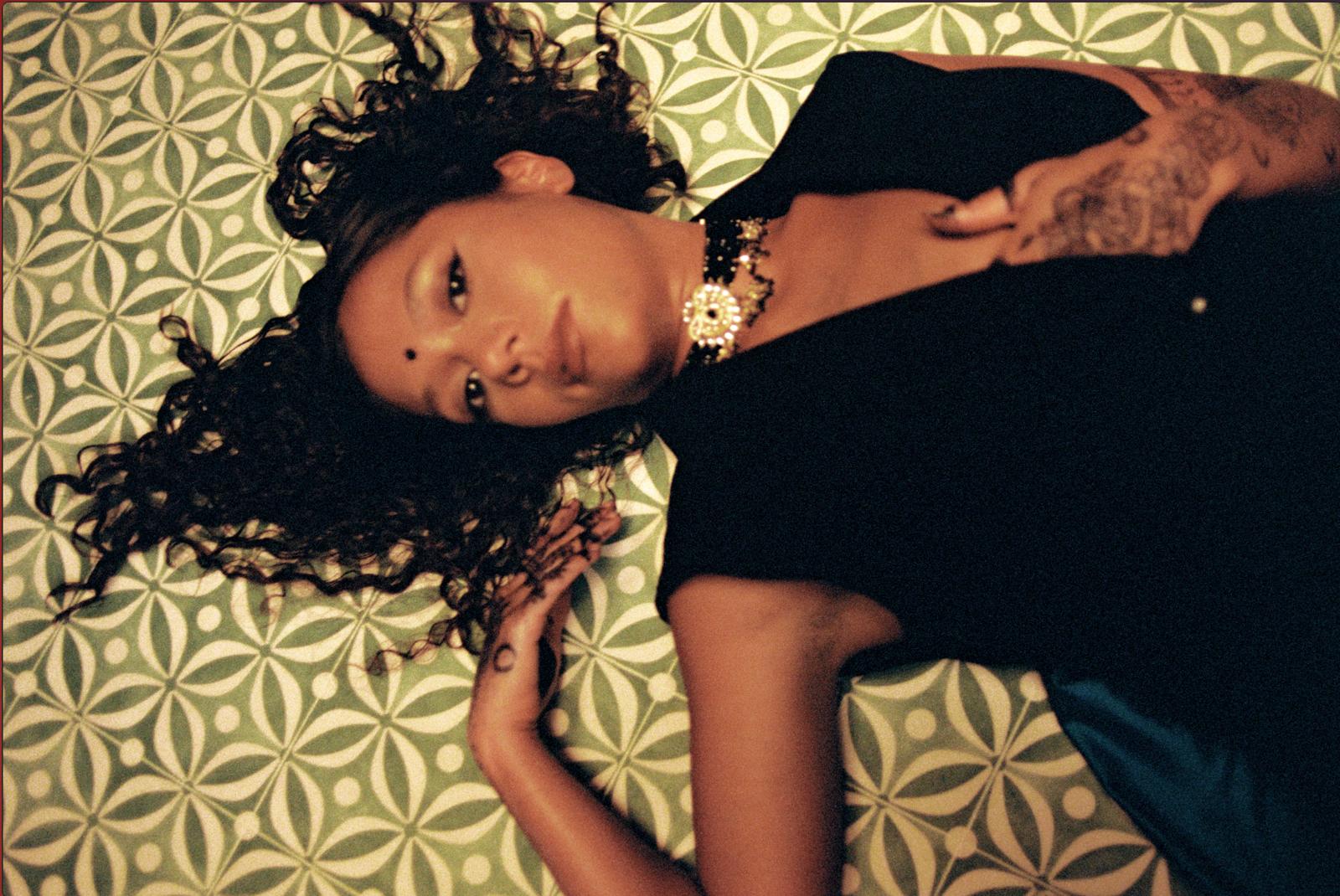
This is why Twitter lists and shout-outs can be revelatory for women of colour
Serena Chana
11 Jul 2019
Illustration by Fatimar B
Growing up, the world I knew was pretty white. From my friends and teachers at school to the characters in my favourite books. The only ‘Indian- ish’ things I had were Bollywood movies and Konnie Huq from Blue Peter.
Fast forward a few years and now my world is, thankfully, a lot more diverse. Since going to university and moving to London, I’ve become friends with people from all different backgrounds, learnt tons about diversity and representation and finally feel comfortable being me. What I didn’t expect is how much of a role Twitter would play in this – and still is. I work for a tech startup, a space dominated by white men, but through Twitter have discovered so many inspiring women of colour and supportive communities.
Recently whilst during one of my many scrolls, I paused and asked myself – where are all the brown women? My feed was full of women of colour, but I rarely saw any South Asian women or read about them in articles. Since moving to the UK in the 1950/60s, many members of the Asian community have become entrepreneurs with successful businesses – but the only Indian women founders I knew were the three talented women in my office.
After reading this article questioning where “brown Twitter” was, I realised other people were feeling the same as me so I decided to make a Twitter list of amazing South Asian women doing amazing things. I wanted to highlight some inspiring women who others could follow and connect Asian women with each other to create a bigger and more supportive online community. Whilst collating the list I discovered so many incredible women such as:
- Ranjeet Kaur who founded Sikh Colouring Books which helps teach children about their faith in a fun way. I wish these books were around when I was younger!
- Amani Saeed, a spoken word poet who recently published her first book, Split. I loved this video she made with BBC Asian network.
- Neelam Heera who started Cysters, a collective which is changing the narrative around women’s reproductive and mental wellbeing.
- Kiran Kaur, the co-founder of GirlDreamer, an empowerment platform for millennial women of colour to do, be and achieve more.
One simple list has a lot of power and I’m not the only one realising this. Over the past couple of years, there’s been a growing trend of WoC and non-binary people of colour creating their own Twitter lists.
Here are some I’ve come across:
- Women of colour in tech by People of Colour in Tech
- The Backstage List by venture capitalist Arlan Hamilton
- Muslim Women by Mariam Khan, editor of It’s Not About the Burqa
I’ve seen people get amazing job opportunities through Twitter and other social media. As they live online, Twitter lists’ reach is global. If you’re like me and growing up in a place where you’re always the token minority you might not be able to diversify your physical environment, but can now access lists full of WoC who you can feel inspired by – or even start your own.
Women of colour are often marginalised and through being profiled in lists become visible and finally receive recognition for their achievements. I’m a Punjabi Sikh and never see Sikh women represented, let alone celebrated, in any mainstream media – but just by clicking a few “follow” buttons I now regularly read about and engage with incredible Sikh women.
When you’re constantly surrounded by media that doesn’t represent you, a WoC Twitter list lets you easily discover women like you and consume the content you want to actually read about. You can’t control what’s reported in your national newspaper, but you can control what’s appearing on your newsfeed.









